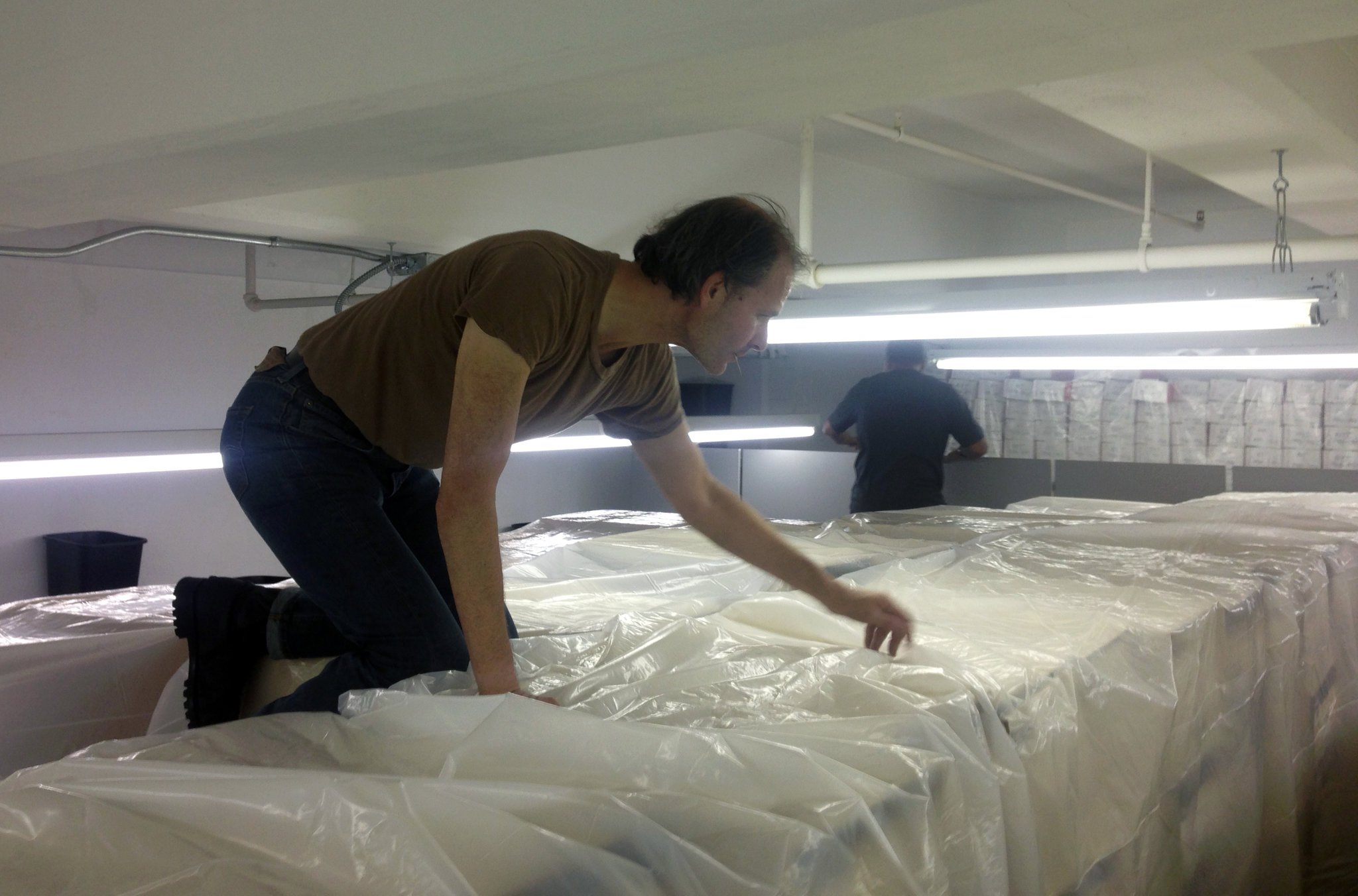Protecting Our Shared Cultural Heritage
With the deadly California wildfires at the forefront of our minds, I am extremely fortunate to be able to say that our California team is safe, and sincerely hope that you and your loved ones are as well. Having lost my own home earlier this summer to an electrical fire, I have experienced firsthand how tragedies like these threaten the security of our present and future conditions. While my personal experience was far more limited in scope and my family and our pets were safely evacuated, the recent news has me reflecting on the incident, and particularly on my family’s continuing process of recovery.

The Home of DT Heritage Founder, Peter Siegel, after a fire in August 2018.
One thing in particular stands out in my mind. While many of my family’s possessions could be restored, most items were completely irreplaceable. My personal photography collection – thousands of slides and negatives, platinum-palladium prints, and vintage cameras – were lost forever. And beyond my own work, my mother was an artist / painter and many of our family friends were artists, so our home was full of unique artwork, now all but destroyed. While of secondary concern to the devastating loss of life, living space, and livelihood, I can only imagine that those affected by the wildfires in California will experience similar losses.
As the owner of a company dedicated to building digitization solutions for the cultural heritage community, I am painfully aware of the irony in the fact that I had not archived my own collection and artwork. So as we continue to support our brave first responders working around the clock to limit the damage done, I wanted to take a moment to re-explore the role of digitization in the process of safeguarding our personal and shared cultural heritage.
A Tale as Old as Time
As many in the cultural heritage community know, the destruction of artifacts of both personal and historical value is nothing new. From the razing of the contents of the ancient Library of Alexandria to the immolation of 90% of the Brazilian National Museum’s collection just two months ago, countless cultural treasures have been lost or destroyed over the years. These incidents are not just isolated to fires though – as recently as 2015, a flood in the New York Times’ Archive threatened over a century worth of image and paper content, and as climate change yields deadlier hurricanes year after year, super-storms have threatened museums, libraries, and archives across the Eastern and Gulf Coasts.

Jeff Roth, the morgue manager, stretched drop cloths to protect the files after a flood on Saturday. Terrell Ramos, the weekend clerical supervisor, helped. Credit Niko Koppel/The New York Times
As a vast majority of our clients are trusted stewards of our shared cultural heritage, I have a personal obligation to provide them with the solutions they need to protect and preserve their collections for generations to come. Digitization is a large part of these solutions.
The Importance of Digitization
Preserving cultural heritage materials for indefinite digital safe-keeping through archival quality imaging, is one of the strongest motivations for starting a digitization program. Of course, cultural heritage digitization initiatives have many other proven benefits too – they facilitate scholarly collaboration on a global scale, increase public engagement with collections, simplify record management, and even decrease the risk of damage to fragile conservation objects, with fewer needs to access the physical piece. But ensuring the safety and preservation of our cultural heritage materials is a prerequisite to achieving these other goals.
At the risk of sounding self-promoting, whether you already work with us, or are not a client and just have questions about how to begin a digitization project, now is the critical moment to have these conversations. As such, I want to extend a personal invitation to the broader cultural heritage community, as well as private individuals and collections, to reach out for a one-on-one discussion about preservation and disaster-preparedness plans. Until then, stay safe.
Peter E. Siegel
Owner & Founder, DT Heritage

